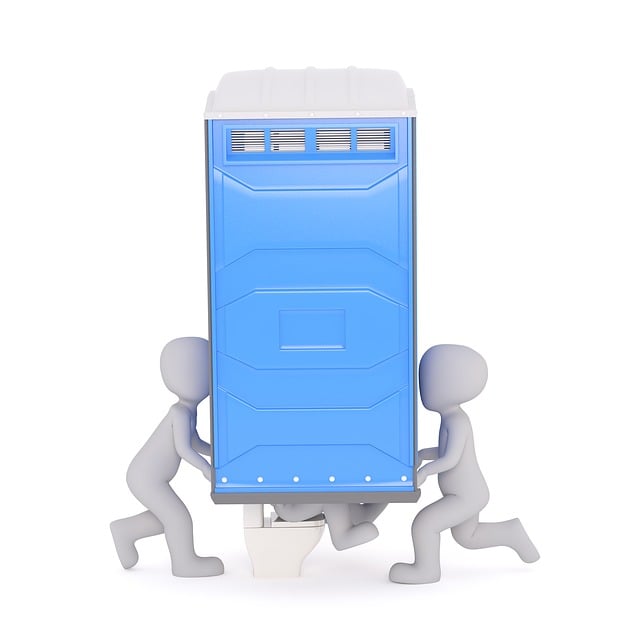Homeowners often overlook a running toilet until rising bills or loud dripping sounds alert them. The problem commonly arises from issues with the flapper, fill valve, or ballcock, causing unnecessary water wastage. To fix this, focus on these components during maintenance checks. Regular inspection and simple repairs like replacing a leaky flapper or faulty fill valve prevent future overflows. This DIY guide emphasizes turning off the water supply, inspecting and replacing damaged parts, and adjusting/replacing the fill valve to stop a running toilet effectively.
Running toilet? Don’t panic! This guide walks you through identifying and fixing common issues like a running flapper or fill valve. Learn how to stop a running toilet at home with our step-by-step troubleshooting tips. No more wasted water or unexpected bills. By understanding the core components and following these simple fixes, you’ll have a steady flow of savings and a reliable bathroom companion once again.
- Identifying the Problem: Recognizing a Running Toilet
- Troubleshooting Common Toilet Components: Flapper, Fill Valve, and Beyond
- Step-by-Step Guide: Fixing Your Running Toilet at Home
Identifying the Problem: Recognizing a Running Toilet

Many homeowners might not realize their toilet is running until they start noticing an increase in their water bills or hearing constant dripping sounds from the bathroom. Identifying a running toilet early on is crucial to prevent excessive water wastage and high utility costs. So, how do you know if your toilet is guilty of this mischievous behavior?
A running toilet can be detected by observing if the toilet tank keeps refilling even after flushing. This typically happens due to issues with the flapper or fill valve. The flapper, a small seal at the bottom of the tank, should close tightly after each flush to stop the water supply. If it’s worn out, damaged, or not sealing correctly, water will continuously run into the toilet bowl, wasting precious resources. Similarly, the fill valve controls the water level in the tank and can cause a constant flow if it’s malfunctioning, leading to an endless cycle of refilling.
Troubleshooting Common Toilet Components: Flapper, Fill Valve, and Beyond

Toilets are an essential part of any home, but they can also be a source of frustration when something goes wrong. If your toilet is constantly running, it’s likely one of these common components is at fault. The flapper, fill valve, and ballcock are key elements in the flushing mechanism. A leaky flapper, for instance, is often the culprit behind a running toilet—water continuously flows into the bowl because the flapper doesn’t seal properly after each flush. Similarly, a faulty fill valve can leave the tank constantly refilling, leading to an over-saturated toilet.
Fortunately, fixing these issues is often straightforward and can be accomplished with just a few simple tools. For a leaky flapper, replacing it is usually all that’s needed. Fill valves can also be adjusted or replaced if they’re not functioning correctly. Regular maintenance, including checking these components periodically, can help prevent future problems. Remember, understanding how to stop a running toilet starts with knowing the basics of your plumbing system and common troubleshooting techniques.
Step-by-Step Guide: Fixing Your Running Toilet at Home

Fixing a running toilet is an easy DIY task that can save you money on your water bills and reduce your environmental footprint. Here’s a step-by-step guide to help you tackle the issue at hand:
1. Turn Off the Water Supply: Before beginning any repairs, make sure to turn off the water supply to your toilet. Locate the shut-off valves behind the toilet or under the sink and close them tightly. This prevents any unexpected leaks while you work.
2. Remove the Toilet Cover and Flapper: Next, remove the toilet cover and lift the old flapper out of place. The flapper is a small, circular seal that covers the hole in the top of the fill valve, preventing water from flowing constantly into the bowl.
3. Inspect and Replace as Needed: Examine the flapper for any tears or wear and tear. If it’s damaged, replace it with a new one of the same size. Ensure the new flapper fits snugly over the fill valve hole to prevent leaks.
4. Adjust or Replace the Fill Valve: The fill valve controls the water level in the toilet bowl. If it’s faulty, it might not be filling up properly or could cause an ongoing flow. Adjust the float arm if necessary, ensuring it stops the water flow at the right level. If adjustments don’t help, consider replacing the fill valve with a new one compatible with your toilet model.
5. Reassemble and Test: Once you’ve made the necessary repairs, carefully reassemble the toilet components, making sure all parts are securely in place. Turn on the water supply and flush the toilet to test its functionality. If it stops running after flushing, your fix was successful!
If your toilet is constantly running, it’s time to take control. By identifying the problem through recognizing signs of a running toilet and troubleshooting common components like the flapper and fill valve, you’re already halfway there. With our step-by-step guide, fixing your running toilet at home is easier than ever. Learn how to stop a running toilet once and for all, saving money and minimizing water waste. Get ready to transform your bathroom into a more efficient and peaceful space.
